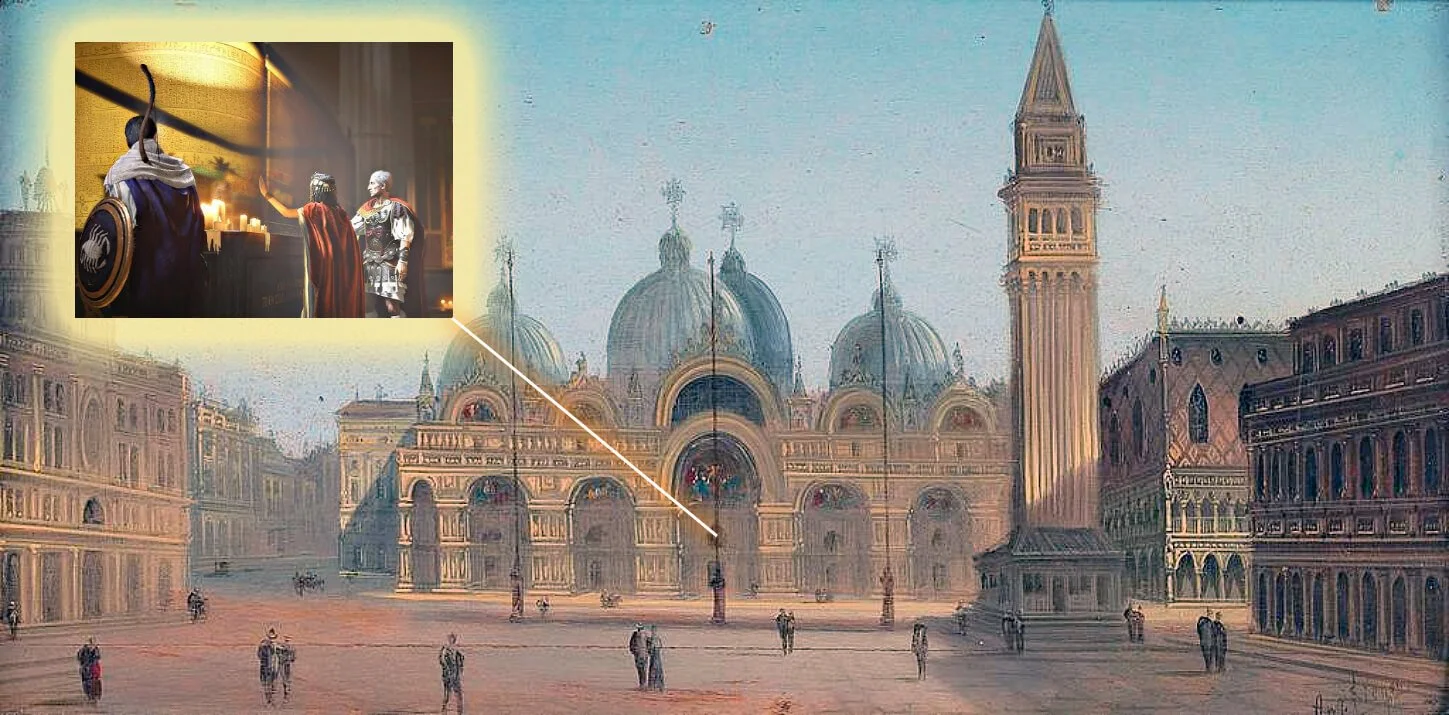A monumental pyramid-shaped structure and a nearby roadside station, both dating back approximately 2,200 years, have been unearthed north of Nahal Zohar in Israel’s Judean Desert. These newly discovered remnants—linked to the era of the Ptolemaic and Seleucid rulers of Judea—are part of an extraordinary excavation led by the Israel Antiquities Authority (IAA) and the Ministry of Heritage, with volunteers from across the country joining the effort.
A Fortress Full of Secrets
At the site of Zohar Fortress, near the Dead Sea, archaeologists have uncovered an array of historic artifacts:
Fragments of ancient papyrus scrolls,
Bronze coins from the reigns of Antiochus IV and the Ptolemaic kings,
Weapons,
Wooden objects, and
Textiles, all astonishingly preserved thanks to the dry desert climate.
According to excavation leaders Matan Toledano, Dr. Eitan Klein, and Amir Ganor, the newly uncovered six-meter-high pyramid stands out as one of the most fascinating and significant finds in the entire region.
“This is one of the richest and most exciting archaeological digs in the Judean Desert. The structure we’ve uncovered is massive—made of hand-carved stones, each weighing several hundred kilograms,” they stated.
In just the first week of excavation, volunteers unearthed historical documents, unique bronze artifacts, and ancient furniture—many items remarkably well-preserved due to the arid conditions.
“This area holds immense promise,” the archaeologists added. “New discoveries are emerging all the time, and we can’t wait to see what the next three weeks will reveal.”
A National Effort to Protect the Past
The Nahal Zohar excavation is part of a broader, years-long national initiative to protect archaeological treasures in the Judean Desert from looting. Funded jointly by the Ministry of Heritage, the Civil Administration’s Archaeology Unit, and the Israel Antiquities Authority, the project has already made remarkable progress.
A special anti-looting task force has systematically scanned over 180 kilometers of desert cliffs, identifying around 900 caves. Using climbing gear, cutting-edge technology, and advanced documentation methods, the team has uncovered thousands of rare objects:
Ancient papyrus scrolls and fragments,
Weapons,
Wooden and leather artifacts,
Woven textiles and carpets,
And caches of ancient coins.
Rewriting the Timeline of the Desert
“This excavation is transforming our understanding of the region’s history,” said Toledano, Klein, and Ganor. “Contrary to earlier theories linking the pyramid to the First Temple period, we now believe it was built later—during the Hellenistic period under Ptolemaic rule.”
Still, its exact purpose remains a mystery.
“Was it a military outpost, guarding a major trade route used to transport salt and bitumen from the Dead Sea to the Mediterranean coast? Or perhaps, at some point, did this massive mountain-top structure serve as a funerary marker or ancient monument? It remains a compelling historical puzzle, and we’re thrilled that the public is part of solving it.”
A Call to Discover
Eli Eskozido, Director of the Israel Antiquities Authority, praised the excavation as a landmark archaeological achievement.
“The exploration of the Judean Desert is one of the most important archaeological projects in our country’s history. The findings are extraordinary, carrying immense historical and scientific value,” he stated.
As Passover and spring approach, Eskozido extended an invitation to the public:
“In these challenging times, a few days of discovery and exploration in the Judean Desert can be both unifying and rejuvenating. We encourage Israelis to join us in uncovering our shared heritage.”
Source: Newsbomb.gr







